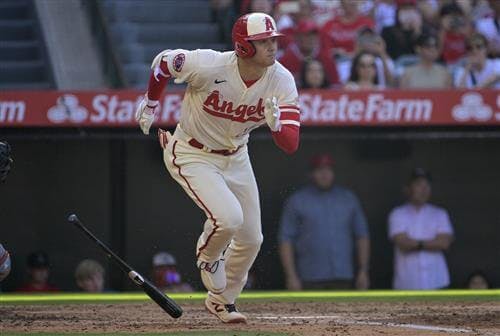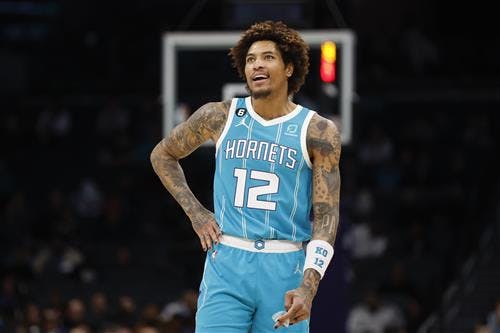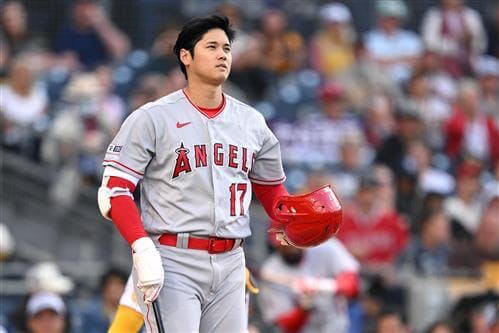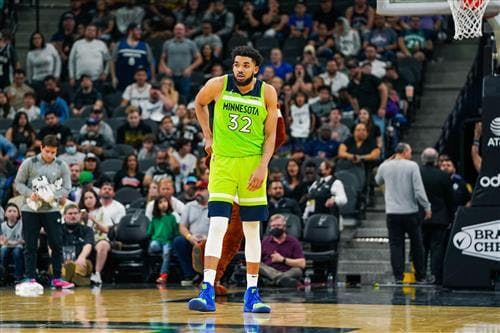How do you build a champion? In domestic European soccer, the answer is still "spend more money than everyone else." The dominant teams over the past decade -- Manchester City, Bayern Munich, Paris Saint-Germain, Juventus and a combination of Real Madrid and Barcelona -- are the teams that spent more than their competitors.
The only team to consistently break this rule, in the wrong direction: Manchester United. Unless you're almost actively trying to be bad at spending, having the biggest pile of money will eventually allow you to climb to the top of the table.
But the Champions League is something different for a number of reasons. First, it puts all of the big spenders against each other. And second, the knockout stages last for no longer than seven total games. Across a 34- or 38-game season, financial advantages usually win out. Over seven matches, however? There's a lot more randomness, and finishing, shot-stopping, individual performances, specific gameplans and stylistic matchups have an outsized effect on who ends up lifting the trophy.
So, with the semifinals of the European Cup kicking off next week, here's a more interesting, slightly more specific question: How do you build a Champions League champion?
When to buy?
For this exercise, we're going to look at the starting XIs of the last 10 Champions League finalists. If you reach the final, you're good enough to win the whole thing, and anything can happen in one game -- unless Real Madrid are playing. If we extend back beyond the past five years, then we're in danger of entering an era when the transfer market functioned in a different way and the lessons might end up being less useful. Ten teams isn't a huge sample, but it's big enough to at least be instructive.
Transfer fees aren't the be-all-end-all of player valuation, either -- no, that would be a combination of fee and contract value. But we don't have trustworthy contract data for all of these teams and players, so we're going to be working off of the transfer fee data from the site Transfermarkt (listed in Euros). Taken in aggregate, there should still be plenty of information inside of that data.
One last note: For academy players, we're listing their transfer fees as zero and saying they joined the club at 16.
So, to the data!
Let's just start with the averages.









